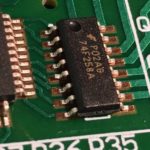Wires
Since my GTR is getting close to completion, I need to get the sensor wire harnesses done. I used some rope and string to figure out the lengths and routing, then used that as a guide for each harness. Each sensor harness is twisted, and then the sensor harnesses are combined and twisted for each main harness.
Normally I would have combined the +5V and GND wires from each sensor in a given harness, but with so many sensors I will be connecting to a number of different capture devices. Each of those devices has their own +5V supply, and in the case of the Motec ECU there are 3 independent +5V busses.
I still need to add the larger connectors on the ECU side, but I’ll do that after a test fit.

































